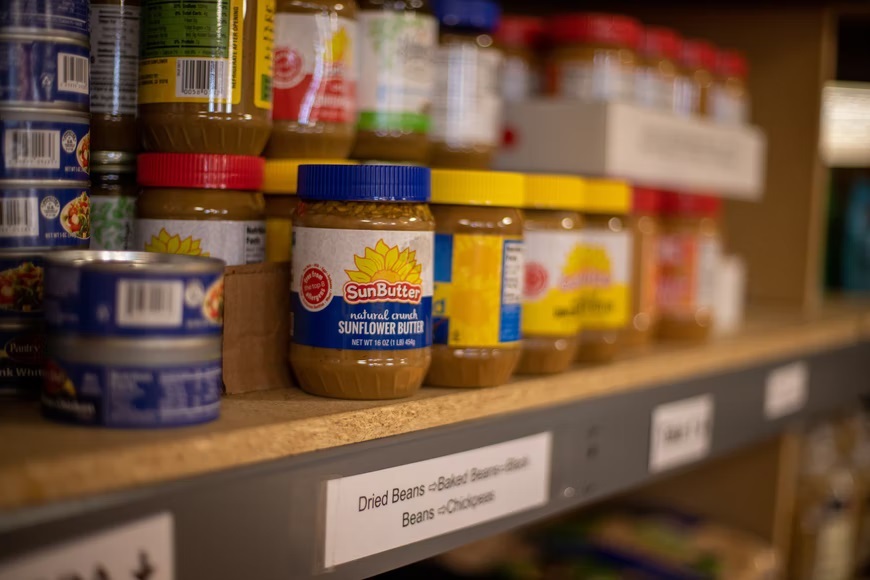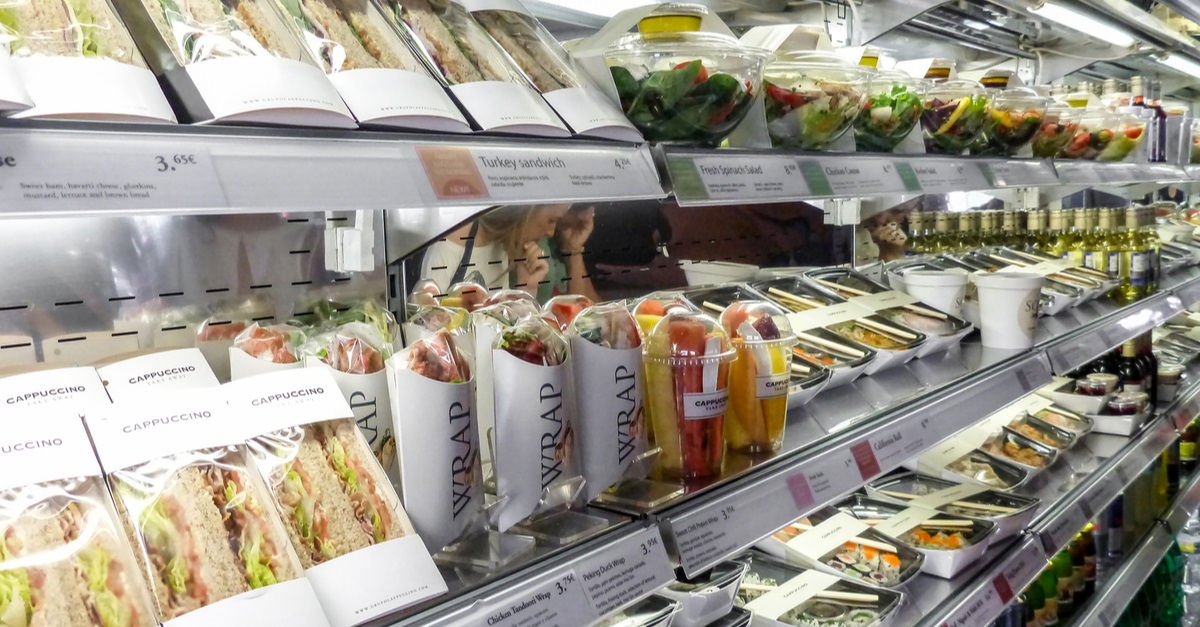Last Updated on October 7, 2022 by admin_hunter
In the days of quarantine, natural disasters, and supply chain shortages, there’s never been a better time to stockpile ready-to-eat foods for an emergency. You can be one emergency away from being stuck without food for an uncertain amount of time. That’s why it’s more important than ever to understand what types of food are ready to eat and require little to no preparation so that you can survive an emergency.
What is Ready to Eat Food?
Ready to eat food is food that doesn’t require cooking or heating to eat and they often have a long shelf life. Ready-to-eat food can be both cold goods and dry goods. Refrigerated ready-to-eat food will have a shorter shelf life than dry food.
Ready-to-eat food is fully cooked so that it doesn’t need to be heated or cooked to be safely consumed. If you have access to heat, you can heat ready-to-eat food to make it more enjoyable, but it’s not a requirement.
Foods to Stockpile for an Emergency
Pantry/Dry Foods
These are unperishable items that have a long shelf life and require no heating, cooking, or prepping. Some pantry and dry goods are more nutritious than others.
Pantry and dry goods include the following:
- Canned meat (tuna, salmon, chicken)
- Canned vegetables
- Canned pasta
- Canned baked beans
- Canned chili
- Canned soup
- Canned fruit
- Dry beans
- Crackers
- Pretzels
- Nuts
- Raisins
- Peanut butter
- Nut butter
- Granola or cereal
- Granola bars
- Protein bars
- Applesauce
- Baby food
- Evaporated milk
- Canned juice
- Rice cakes
- Beef jerky
- Room temperature produce (apples, oranges, and tomatoes)
- Bread
- Hazelnut spread
- Dried fruit
Canned goods like beans and meat are a great source of protein. You can soak dry beans overnight to eat the next day, making them a great source of protein and fiber. Crackers, pretzels, and chips have a long shelf life but have very little nutritional value. They are empty calories but will help keep you full when you are between meals or need to make your protein sources last longer.
Refrigerated Foods
Not all refrigerated goods need to be heated to eat. While they won’t have as long of a shelf life as pantry or dry goods, there are still many refrigerated ready-to-eat foods that you can stockpile for an emergency.
Refrigerated goods include the following:
- Cottage cheese
- Deli meat
- Yogurt
- Cheese
- Lettuce
- Strawberries
- Blueberries
- Grapes
You won’t be able to stockpile refrigerated produce for many days at a time because of their short shelf-life; however, if you know that bad weather is approaching or that you will be quarantined for several days, you can stockpile produce to eat within a short period of time.
Frozen Foods
Most frozen foods need to be heated to eat, but there are a few frozen foods you can keep on hand that can be thawed or eaten frozen.
- Frozen fruits
- Frozen peanut butter and jelly sandwiches
- Frozen juice
- Frozen bread
- Popsicles/ice cream
How to Safely Stockpile Food

There’s more to stockpiling food than panic buying and filling your cabinets and freezer. You will need to safely store the food you’re buying and then make sure you’re only eating food that is safe.
First, if you lose electricity, the food in your refrigerator and freezer will start to spoil. The food within your refrigerator and freezer can only be without power for approximately 4 hours before the food inside begins to spoil. Bacteria grow on food that is warmer than 40 degrees.
If you open the door of the refrigerator or freezer frequently, it will be a shorter time that bacteria will grow. If you have lost electricity, you shouldn’t eat any food in your refrigerator or freezer that has been without electricity for more than 4 hours. You can become severely sick by eating food that has spoiled.
You also shouldn’t eat any food from a dented, swollen, or corroded container or packaging. This can be an indicator that there are bacteria growing on the food inside the packaging. Food that has an unusual smell is an indicator that the food has gone bad and shouldn’t be eaten.
Make sure that you pay attention to expiration dates on all of the food you’re consuming. If the food is expired, you should throw it out, even if it looks and smells like it may be safe to eat.
Things to Remember When Stockpiling Foods for an Emergency
- Buy a Manual Can Opener. Canned goods that aren’t designed with a pop-top will require a can opener to open them. We recommend buying a manual can opener that you can use to open the cans when the power is out. An automatic can opener is convenient but it won’t do you any good if there is no electricity to power it.
- Buy Foods Your Family will Eat. A stockpiled pantry or freezer is only useful if the foods will be eaten. Buy foods that your family will eat so that everyone is as full and happy as possible during an emergency.
- Don’t Forget Bottled Water! During an emergency, you may not have access to water. The pipes in your home may burst or there may be a boil-water advisory that you can’t follow because you are without electricity. Keep a stockpile of bottled water so that you can safely drink and brush your teeth during an emergency.
- Purchase MREs. MREs are ready-to-eat meals that can be opened and eaten without adding any water or without heating. Most MREs come with an entree, side dish, crackers, spread, salt and pepper, and a spoon. MREs are great for stockpiling because they have a long shelf life and provide a substantial amount of calories and nutrients.
Conclusion
Stockpiling foods for an emergency doesn’t mean you need to panic buy. You should buy foods that you and your family enjoy eating that have a long enough shelf life, and you should buy enough foods that will last you for several days. Stockpiling foods for an emergency means having enough food that will last you throughout the duration of the emergency before running out.

